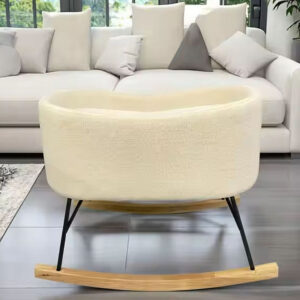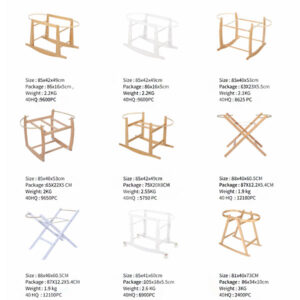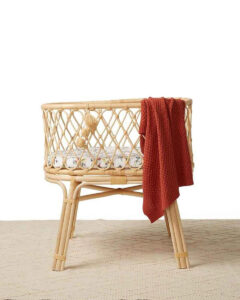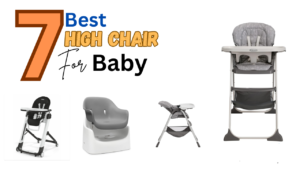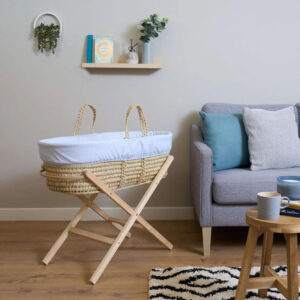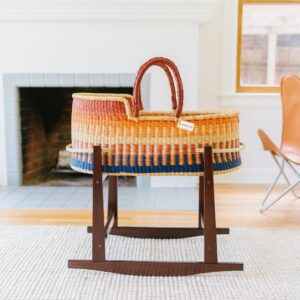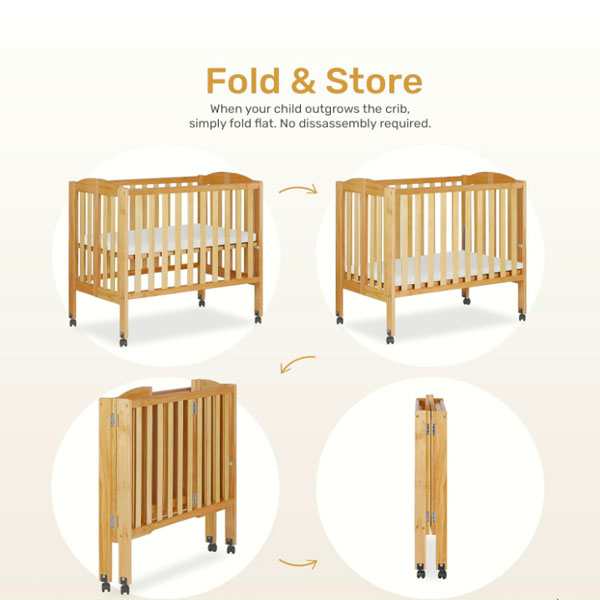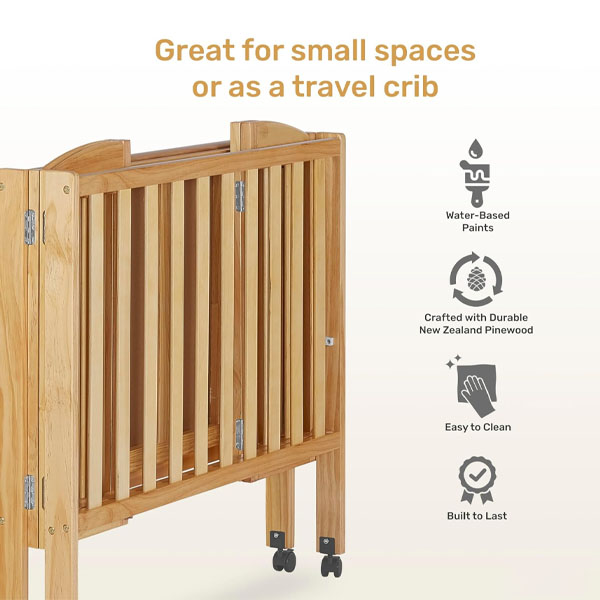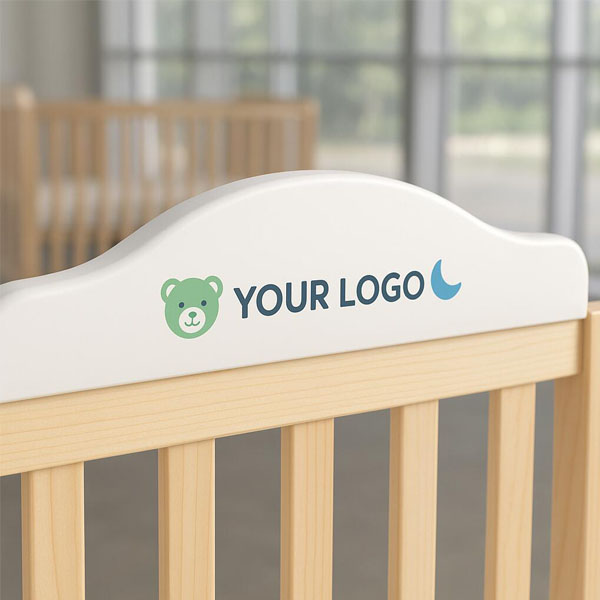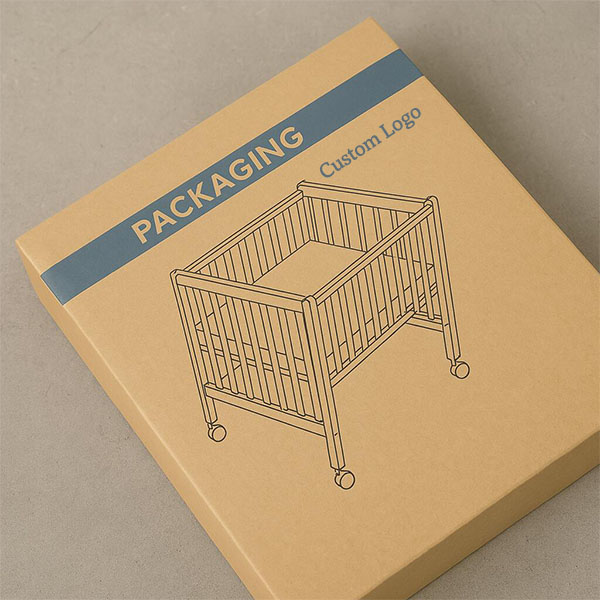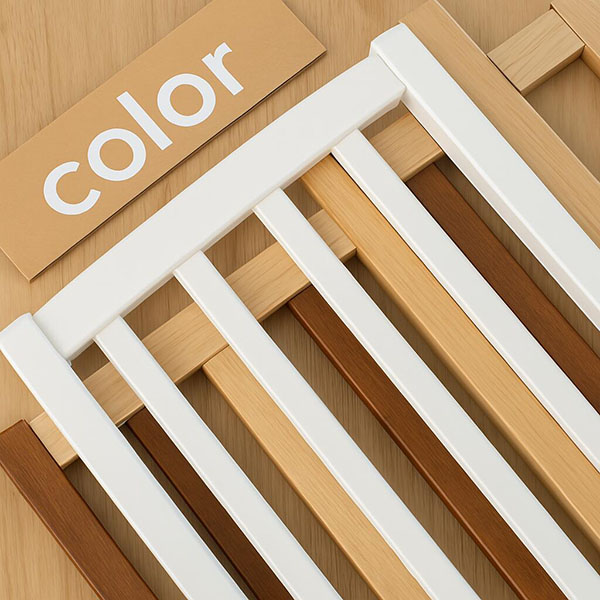Does a Cat Bed Help Improve a Cat’s Sleep and Comfort?
Yes,well-designed cat bed can greatly enhance a cat’s sleep quality and overall comfort. Factors such as design shape, material, structure, and softness all play a crucial role in determining whether a cat will truly benefit from its bed. Let’s analyze these aspects in detail.
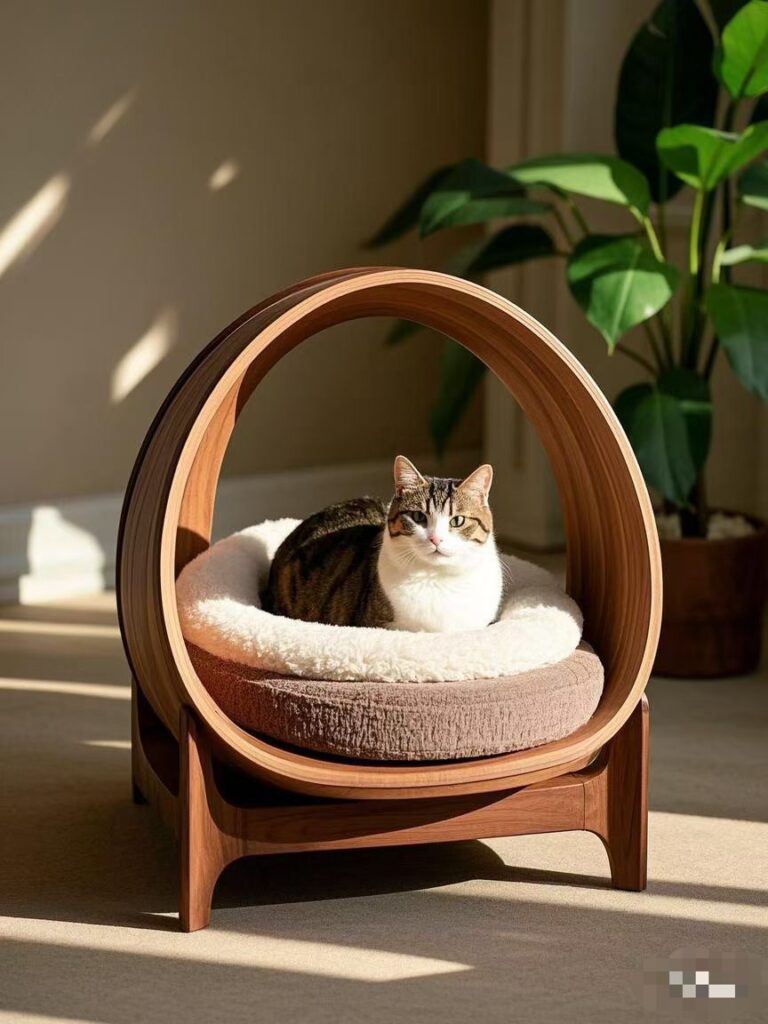
1. Design Shape: Matching Sleep Positions & Behavioral Needs
Cats have different sleeping styles, and the shape of a cat bed should align with their natural preferences:
| Bed Shape | Best for Cats That… | Key Benefits |
|---|---|---|
| Round/Enclosed (Dome or Cave) | Love curling up, need a sense of security | Provides warmth, privacy, and stress relief |
| Open Bolster or Nest | Stretch out but still like side support | Offers head and neck support while maintaining warmth |
| Flat Cushion or Mat | Prefer hard surfaces or elevated furniture | Adds comfort to existing spots without confining movement |
| Hammock or Suspended Bed | Enjoy height and perching | Reduces pressure on joints and provides ventilation |
💡 Cats instinctively seek cozy, enclosed spaces to feel safe. Choosing a shape that aligns with their sleeping habits promotes deeper, uninterrupted sleep.
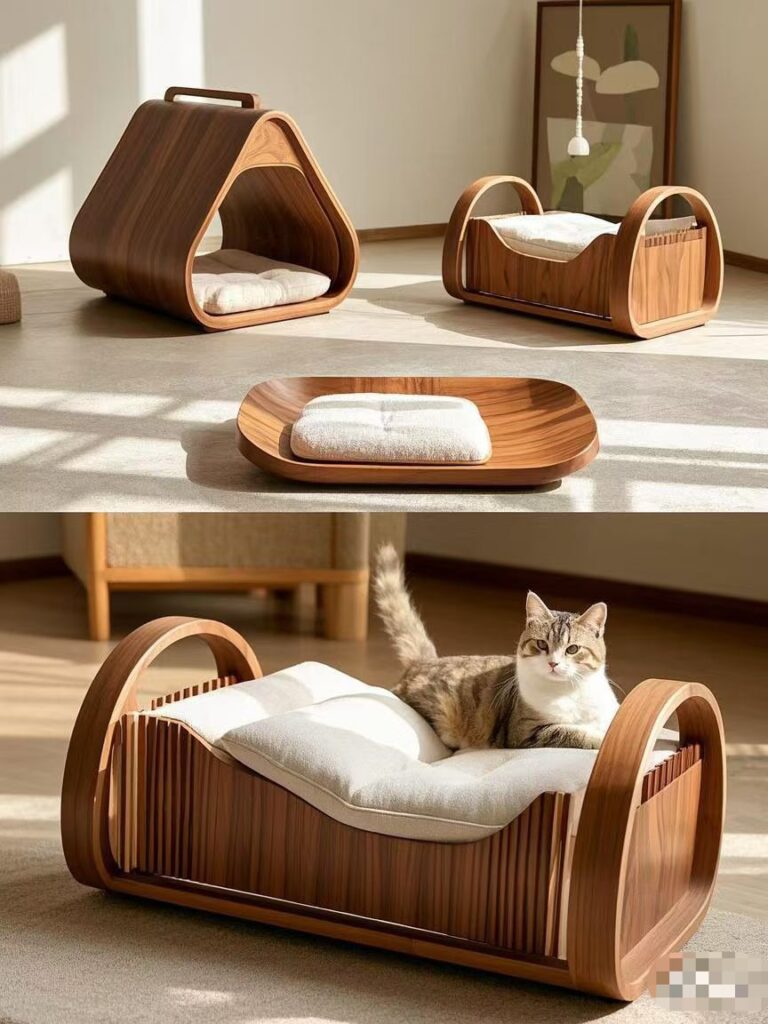
2. Material: Breathability, Insulation & Hypoallergenic Properties
The material of a cat bed affects its temperature regulation, durability, and overall comfort:
| Material Type | Advantages | Best For |
|---|---|---|
| Plush/Fleece (Synthetic) | Ultra-soft, retains warmth | Cold climates, winter use |
| Cotton/Linen (Natural) | Breathable, moisture-wicking | Hot climates, cats prone to overheating |
| Memory Foam | Orthopedic support, pressure relief | Senior cats, joint issues |
| Wool Felt | Naturally insulating and moisture-resistant | Eco-conscious owners, all-season use |
| Bamboo Fabric | Hypoallergenic, antibacterial, and odor-resistant | Sensitive cats, allergy-prone homes |
💡 A high-quality cat bed should balance warmth and breathability. Natural fabrics like cotton or bamboo are great for warm weather, while plush or wool options provide comfort in colder months.
3. Structure: Stability, Durability & Adaptability
A cat bed’s structure determines its durability and usability. Key factors include:
- Reinforced Edges & Base: Prevents the bed from collapsing, ensuring longevity.
- Non-Slip Bottom: Keeps the bed stable, especially for playful or elderly cats.
- Machine-Washable Design: Ensures hygiene and easy maintenance.
- Multi-Use or Convertible Features: Beds that double as carriers or can be folded provide versatility.
💡 Cats prefer beds that maintain their shape over time. A weak structure that loses firmness may cause discomfort and discourage use.
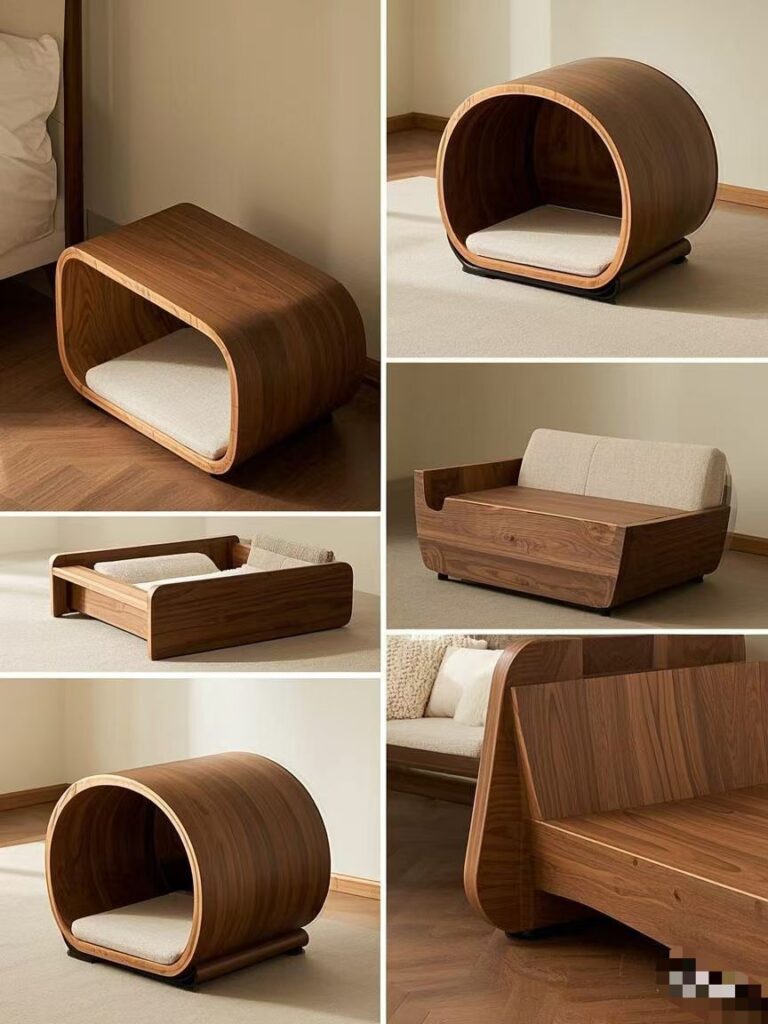
4. Softness & Cushioning: Impact on Sleep Quality
Softness and cushioning directly affect a cat’s ability to rest comfortably. While some cats prefer firmer surfaces, others need extra plushness:
| Cushion Type | Support Level | Best For |
|---|---|---|
| Memory Foam | High | Senior cats, arthritis relief |
| Cotton-Filled Cushion | Medium | General comfort, everyday use |
| Firm Foam Base | Low to Medium | Cats that prefer firmer surfaces |
| Self-Warming Layer | Medium to High | Cold environments, kittens, and short-haired breeds |
💡 Softness should be balanced with adequate support. While plush beds feel cozy, they should not be overly soft to the point where a cat sinks in and feels unsupported.
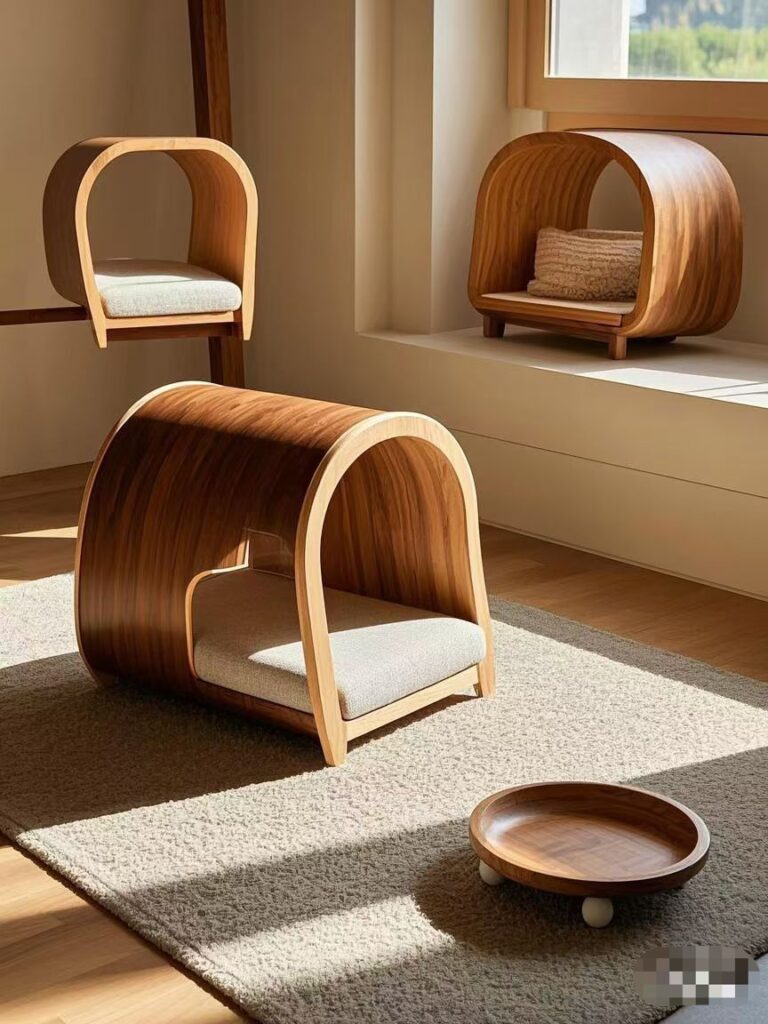
Conclusion: Choosing the Right Cat Bed for Maximum Comfort
A well-designed cat bed enhances sleep quality by providing security, warmth, support, and breathability. The ideal choice depends on the cat’s habits, age, and climate. By considering shape, material, structure, and softness, cat owners can ensure their pets enjoy restful, high-quality sleep every day.

